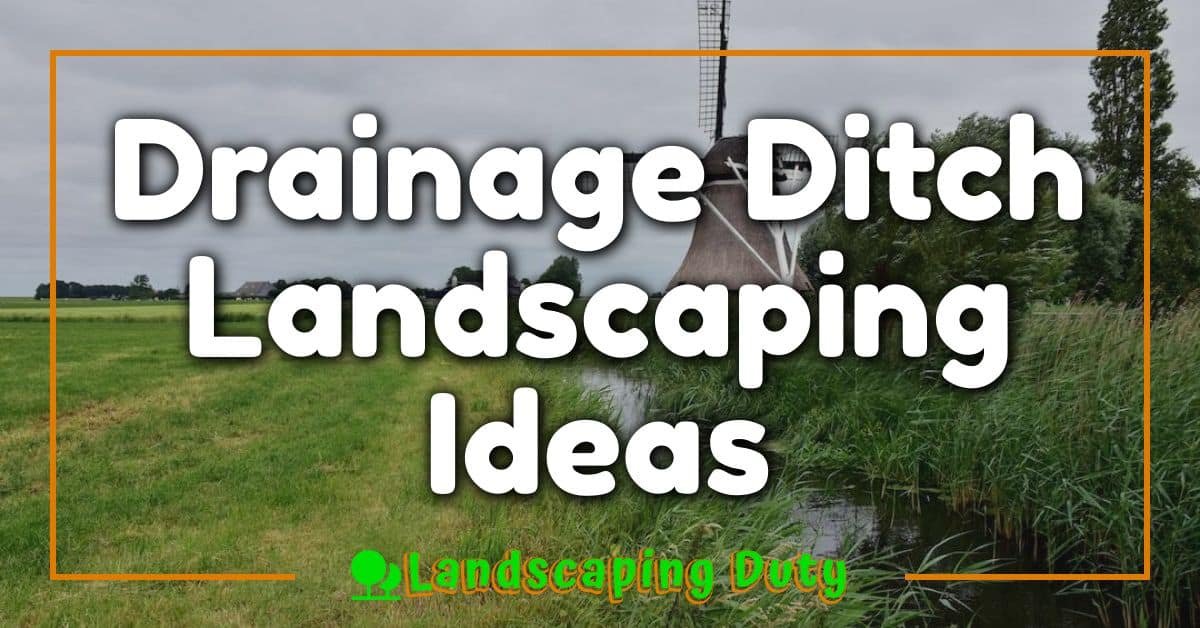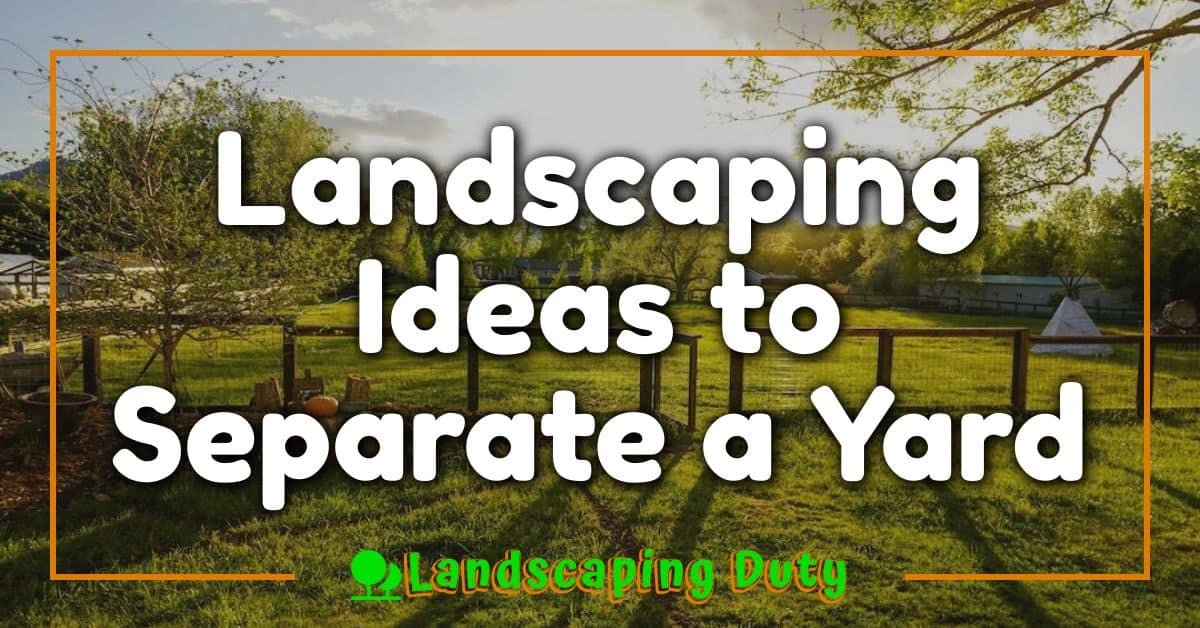When it comes to transforming outdoor spaces, the choice between modern and traditional landscape design can feel like a tough call. Each style carries its own charm, reflecting different aesthetics and lifestyles. While modern designs embrace clean lines, simplicity, and innovation, traditional landscapes exude timeless elegance and a connection to the past.

I’ve always found that the key to choosing the right style lies in understanding their unique characteristics and how they align with your personal preferences. Whether you’re drawn to the sleek minimalism of modern design or the nostalgic beauty of traditional gardens, the decision shapes not just your yard but also the atmosphere of your home.
Let’s explore what sets these two styles apart and how you can find the perfect fit for your outdoor space.
Overview Of Landscape Design Styles
Landscape design styles shape the visual and functional characteristics of outdoor areas. Modern and traditional designs represent two contrasting approaches. Each style reflects different priorities in aesthetics, layout, and material choice.
Modern designs emphasize minimalism, geometric patterns, and clean structures. These landscapes often feature open spaces, neutral colors, and innovative materials like concrete, steel, and glass to create a sleek appearance. Incorporating architectural plants such as succulents or ornamental grasses enhances their contemporary appeal.
Traditional landscapes prioritize timeless beauty and historical influences. This style includes symmetrical layouts, natural curves, and a mixture of soft textures. Common elements include brick walkways, wooden structures, and vibrant flower beds. Plantings like roses, hydrangeas, and boxwoods maintain the sense of tradition.
Understanding these styles provides clarity when selecting features such as hardscape materials, plant choices, and overall design direction for outdoor spaces. For example, the structured simplicity of modern design contrasts with the ornamental richness of traditional layouts. This distinction helps narrow down design preferences.
Key Features Of Modern Landscape Design
Modern landscape design combines simplicity, functionality, and innovative materials to create sleek, visually appealing outdoor spaces. It focuses on clean lines and practical layouts, offering a polished aesthetic.
Minimalist Aesthetics
Minimalism drives modern landscape design with clean lines, geometric shapes, and uncluttered spaces. Open layouts replace overly ornate elements, creating a sense of calm and order. For example, natural stone pathways paired with evenly pruned hedges highlight simplicity without sacrificing elegance.
Use Of Contemporary Materials
Contemporary materials like concrete, steel, and glass dominate modern landscaping. These materials enhance durability while supporting the minimalistic style. For instance, polished concrete patios and Corten steel garden edging integrate functionality with a striking appearance.
Importance Of Functionality
Modern landscapes prioritize functionality without compromising aesthetics. Space is designed for usability, with features like outdoor seating areas, fire pits, and easy-to-navigate walkways. Strategic plant placement and layered lighting optimize movement and enhance the overall experience.
Characteristics Of Traditional Landscape Design
Traditional landscape design creates outdoor spaces rich in history, elegance, and a sense of timeless beauty. It highlights nature’s charm while incorporating symmetrical layouts and classic elements.
Emphasis On Natural Elements
Traditional landscapes blend seamlessly with their natural surroundings. Native plants such as oak trees, hydrangeas, and boxwood hedges often dominate, creating lush, layered scenery. Materials like wood, stone, and clay reinforce this connection to nature. Paths may feature gravel or flagstone, enhancing an organic feel.
Classic Structural Elements
Symmetry is a defining feature. Straight pathways, geometric shapes, and balanced layouts establish a sense of order. Garden features like gazebos, pergolas, and fountains introduce elegance. Brick walls, wrought iron gates, and stone terraces provide structural integrity while maintaining traditional aesthetics.
Focus On Heritage And Timelessness
Design principles often honor regional or historical traditions. Styles like English cottage gardens or Mediterranean courtyards preserve cultural heritage. Antique-style planters, benches, and lighting fixtures reinforce the timeless atmosphere, creating a cohesive design reflective of bygone eras.
Comparing Modern And Traditional Landscape Styles
Modern and traditional landscape designs present opposing yet equally compelling approaches. Each style impacts outdoor spaces differently when assessing aesthetics, materials, and upkeep.
Design Principles And Aesthetics
Modern landscapes emphasize simplicity and order. Clean lines, geometric shapes, and uncluttered layouts create a sense of openness. These designs often incorporate neutral tones and asymmetry, focusing on functional beauty over decorative elements.
Traditional landscapes prioritize symmetry and charm. Balanced layouts, curved pathways, and lush greenery contribute to their timeless appeal. Decorative features like ornate fountains and vibrant flowerbeds enhance their classic and welcoming atmosphere.
Material Choices
Modern designs utilize contemporary materials. Concrete, steel, and glass dominate hardscape areas, offering durability and sleek finishes. Plants often include structured varieties like ornamental grasses, succulents, and hedges for a polished look.
« Designing a Landscape with Seasonal Color Changes for Year-Round Beauty Creating a Formal Garden Layout: Step-by-Step Guide to Elegant and Symmetrical Design »
Traditional designs favor organic materials. Brick, wood, and natural stone are common in pathways and walls, blending seamlessly with the environment. Plant selections highlight native and seasonal flora, creating a more natural, layered feel.
Maintenance Requirements
Modern landscapes require streamlined care. Minimalistic designs reduce pruning, with drought-tolerant plants and automated irrigation systems simplifying upkeep. Non-porous materials like concrete make cleaning easier.
Traditional landscapes demand regular attention. Dense planting schemes involve consistent weeding, pruning, and mulching. Features such as natural wooden elements and intricate gardens also require ongoing maintenance to preserve their charm.
Choosing The Right Style For Your Space
Selecting between modern and traditional landscape design depends on several factors, including your lifestyle, preferences, and practical limitations. Focusing on personal needs and long-term goals simplifies this decision-making process.
Assessing Your Needs And Taste
I analyze functionality and aesthetics before deciding on a design style. If I prefer a low-maintenance, sleek environment, modern landscaping suits my lifestyle. Features like concrete patios, drought-resistant plants, and minimalist layouts prioritize ease and contemporary appeal.
If warmth, character, and connection to nature resonate with me, traditional landscaping becomes the ideal choice. Symmetrical pathways, natural materials, and classic elements like pergolas or stone fountains add timeless beauty to the space. Considering how I use my outdoor area—whether for entertaining or quiet relaxation—ensures that the design serves both purpose and personal taste.
Balancing Budget And Maintenance
Budget and upkeep shape how I plan my outdoor space’s design. Modern styles often rely on premium materials like glass and steel, with initial costs potentially higher. However, these durable, clean-lined elements often require less regular maintenance over time, saving resources in the long run.
Traditional landscapes emphasize intricate care. The use of organic materials, along with seasonally blooming plants and features like gravel walkways, may demand frequent upkeep, which could increase costs. If I invest in traditional styles, I factor in ongoing landscape maintenance as part of long-term planning.
Conclusion
Choosing between modern and traditional landscape design comes down to aligning your outdoor space with your personal style, lifestyle, and long-term vision. Both styles offer unique benefits, from the sleek functionality of modern designs to the timeless charm of traditional landscapes.
By understanding the core elements of each approach, you can create a space that not only enhances your home’s aesthetic but also meets your practical needs. Whether you prefer minimalism or classic elegance, the right design will transform your yard into a reflection of your personality and priorities.
















